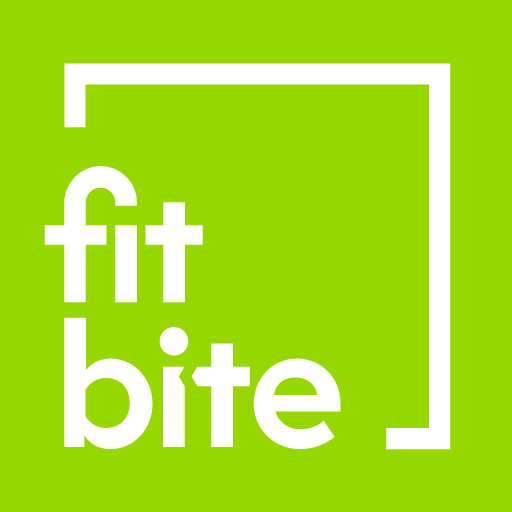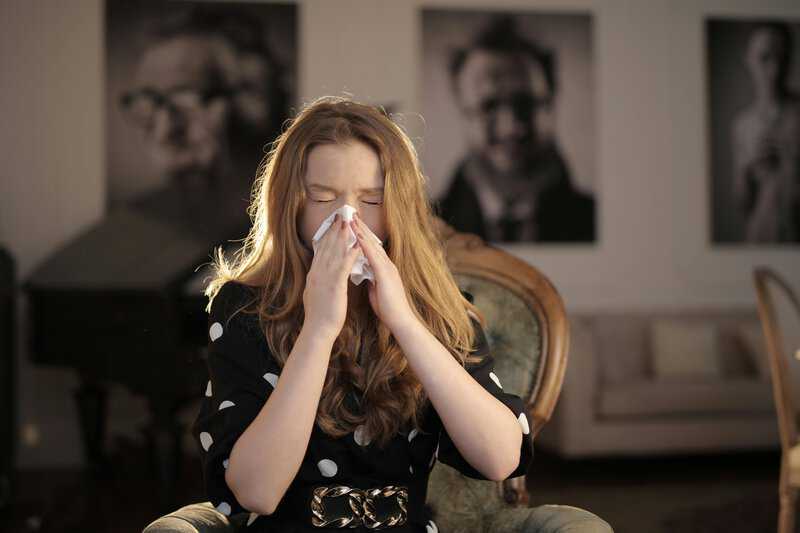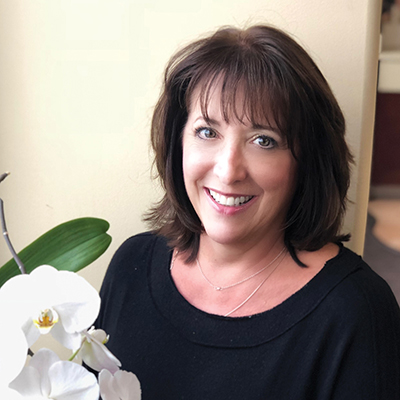Many people experience sores in or around their mouths, but not all are alike. Canker sores and cold sores are two of the most common types, and while they might look or feel similar, they are quite different. Understanding the distinction between these two can help you manage your symptoms more effectively and know when to seek help from a dentist.
Canker Sores
Canker sores are small, painful ulcers that appear inside the mouth. They can make eating, drinking, and talking uncomfortable but are not contagious. Canker sores usually heal within a week or two, but their exact cause is often unknown. Some of the most common characteristics of a canker sore include:
- Location: Found inside the mouth, often on the inside of the cheeks, lips, or tongue.
- Appearance: Small, round, white, or yellow in the center with a red border.
- Causes: This can be triggered by factors like stress, minor mouth injuries, certain foods, or nutritional deficiencies.
- Treatment: Over-the-counter mouth rinses, avoiding spicy foods, and good oral hygiene can help relieve pain.
While most canker sores are harmless and go away on their own, recurring or particularly painful sores may require attention from a dentist to rule out underlying conditions.
Cold Sores
Cold sores, also known as fever blisters, are caused by the herpes simplex virus (HSV-1). Unlike canker sores, cold sores are highly contagious and usually appear outside the mouth, particularly on the lips. Cold sores go through several stages, starting with a tingling sensation followed by blisters that eventually crust over. Telltale signs of a cold sore can include:
- Location: Typically found on the lips, around the mouth, or occasionally on the nose or chin.
- Appearance: Start as fluid-filled blisters that break open and form a crust.
- Causes: Caused by the herpes simplex virus and can be triggered by stress, sun exposure, or illness.
- Treatment: Antiviral creams and oral medications can reduce the severity and duration of outbreaks.
Cold sores can be uncomfortable and sometimes embarrassing, but they usually heal within two to four weeks. To prevent spreading the virus, it’s important to avoid close contact with others during an outbreak.
Although both canker sores and cold sores can be painful and appear similar, there are clear differences between the two. If you’re ever unsure whether you have a canker sore or a cold sore, it’s a good idea to visit a dentist for a proper diagnosis and advice on the best treatment.
Seeking Help From a Dentist
While canker sores and cold sores are usually manageable at home, there are times when it’s important to see a dentist in Chevy Chase. If you have particularly painful sores, don’t heal within the expected timeframe, or experience frequent outbreaks, a dental professional can help:
- Diagnose and accurately identify whether you have a canker sore or cold sore.
- Treat and recommend or prescribe treatments to alleviate pain and speed up healing.
- Prevent outbreaks by offering advice on preventing future sores or managing triggers effectively.
Understanding the differences between canker and cold sores is essential for managing oral health. If you’re looking for a dentist in Chevy Chase who can provide personalized care and treatment, reach out to us today. We’re here to support your dental health journey!


